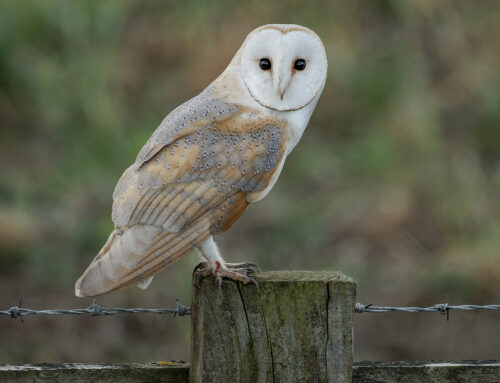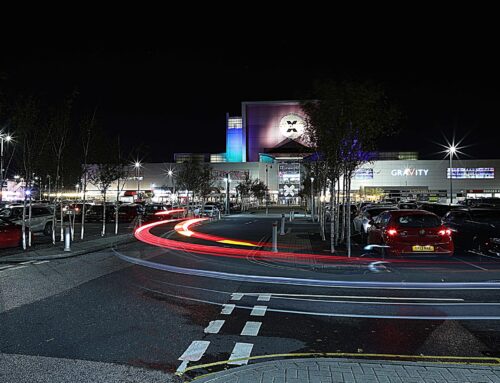APRIL’s TIP OF THE MONTH
The 600 Rule
EVER HEARD OF THE 600 RULE?
There are a lot of rules in the world of photography. I’m sure you know a few.
From composition rules like the rule of thirds or using leading lines, the reciprocal rule, etc…
You might think that absolutes generally have no place in the creative realms. And you would be right to think so.
But, there is one rule that can be especially useful when shooting on a starry night, especially if you want to include the Milky Way in your composition.
This rule can enable you to shoot images like this one for example:
|
|
Nope, that’s not some Photoshop trickery. This can all be done right in-camera.
The rule I’m referring to is called the 600 Rule.
It’s based on motion as it relates to time and becomes very useful for long exposure night photography when the stars become part of your composition.
You may have heard of the “500 Rule” as well, which is simply another take on it. This is an approximation after all, so your mileage may vary.
The 600 Rule allows you to quickly calculate the maximum exposure time that you can employ without producing noticeable star trails at any given focal length.
Note that the formula is for full-frame cameras (and we assume you use a tripod). If you use a crop-sensor camera, you’d need to adjust the formula to take that into account. For example, if your camera has a 1.5x crop factor, try replacing “600” with “400”. A 1.6x crop factor would mean going from “600” to “375”.
So, the formula goes like this:
If you are shooting at a 100mm focal length, then your maximum shutter time would be:
For a 12mm focal length, it becomes:
At 50mm, the formula states:
You get the idea.
Simply take 600 and divide it by your selected focal length (in full-frame equivalent) to get the approximate exposure time.
The 600 Rule becomes extremely useful for images where you want to include the Milky Way or other fixed astral subjects as part of your image.
It allows you to quickly get an ISO and aperture based on an acceptably precise shutter speed. This gives you the ability to use your lowest ISO setting which reduces image noise and also gives you relative control of the effects of astral motion.
It’s not a big deal, really. You’re just compensating for the movement of an entire planet
Come down to our Club Nights every Monday night from 7:30pm to 9:30pm at Roundhill WMC, for a fun pack night, with like minded people with a warm welcome!
Would you like to become a member?
Simply fill out the form below and we will get back to you with more details.





